Code
HCS12174
Weight
800 gm / 1.76 lbs
Size
Height
16cm (6") Width
11cm (4") Depth
8cm (3") Material
Copper
Availability
Available
Date Added
2016-04-20 16:09:16
Note : We used to sell this product 9 years ago so it may no longer be in our stock.
It is possible that we still have it with our suppliers but the price could be different from before.
Feel free to order. We will verify availability and inform you promptly.
It is possible that we still have it with our suppliers but the price could be different from before.
Feel free to order. We will verify availability and inform you promptly.

Safe Payment
We accept Paypal, Money Transfer, Bank Transfer
Confidence
Protection covers your purchase and personal data.
Worldwide Delivery
We ship Worldwide, except Russia.Shipping cost US$25.2 for upto 0.5 kgs

Hotline
Talk to help line for your question on 9841267335About Chocolate Oxidized
This Prajnaparamita [yum Chenmo] Statue Oxidized, Pragya Parmita has been meticulously treated with a chocolate color antique patina. The intention behind this patina is to replicate the appearance of a copper statue that has gracefully aged over a century. Unlike a simple coat of paint, this patina is not applied superficially and is designed to endure. It undergoes an artificial oxidation process that adds depth and character, while also serving as a protective layer against natural oxidation.
By imitating the natural aging process, the chocolate color antique patina lends an air of authenticity and vintage charm to the Prajnaparamita [yum Chenmo] Statue Oxidized, Pragya Parmita. This carefully crafted finish ensures that the patina remains intact for an extended period, offering longevity and resistance to wear. The result is a unique piece that captures the essence of a time-worn copper statue, evoking a sense of history and artistic heritage.
This Prajnaparamita [yum Chenmo] Statue Oxidized, Pragya Parmita has been meticulously treated with a chocolate color antique patina. The intention behind this patina is to replicate the appearance of a copper statue that has gracefully aged over a century. Unlike a simple coat of paint, this patina is not applied superficially and is designed to endure. It undergoes an artificial oxidation process that adds depth and character, while also serving as a protective layer against natural oxidation.
By imitating the natural aging process, the chocolate color antique patina lends an air of authenticity and vintage charm to the Prajnaparamita [yum Chenmo] Statue Oxidized, Pragya Parmita. This carefully crafted finish ensures that the patina remains intact for an extended period, offering longevity and resistance to wear. The result is a unique piece that captures the essence of a time-worn copper statue, evoking a sense of history and artistic heritage.
Lost-Wax System
This Prajnaparamita of Prajnaparamita [yum Chenmo] Statue Oxidized, Pragya Parmita is made by the process of the Lost Wax system. This is a very complicated, time consuming and historic process of making metal sculptures.Which is why it is sometimes called Precision Casting as well. Hence the sculptures made by this process are comparatively expensive. There are many new, advanced and less time consuming methods of casting metal sculptures available as well. But due to the benefits provided by the traditional lost wax system in quality control and customization, we prefer the Loss wax system over Ceramic molding, or sand casting to make our Prajnaparamita.
Below we have tried to illustrate the process of making a loss wax system statue: Read More . . .
This Prajnaparamita of Prajnaparamita [yum Chenmo] Statue Oxidized, Pragya Parmita is made by the process of the Lost Wax system. This is a very complicated, time consuming and historic process of making metal sculptures.Which is why it is sometimes called Precision Casting as well. Hence the sculptures made by this process are comparatively expensive. There are many new, advanced and less time consuming methods of casting metal sculptures available as well. But due to the benefits provided by the traditional lost wax system in quality control and customization, we prefer the Loss wax system over Ceramic molding, or sand casting to make our Prajnaparamita.
Below we have tried to illustrate the process of making a loss wax system statue: Read More . . .
About Prajnaparamita :
Prajnaparamita means "the Perfection of Transcendent Wisdom" in Mahayana Buddhism. Prajnaparamita refers to this perfected way of seeing the nature of reality, as well as to a particular body of sutras and the embodiment of the concept in the Bodhisattva known as the "Great Mother" (Tibetan: Yum Chenmo). The word Prajnaparamita combines the Sanskrit words prajna "wisdom" with paramita "perfection". Prajnaparamita is a central concept in Mahayana Buddhism and is generally associated with the doctrine of emptiness (Shunyata) or 'lack of Svabhava' (essence). Its practice and understanding are taken to be an essential part of the path of the Bodhisattva.
History :Astasahasrika Pajanaparmita
Earliest Prajnaparamita Sutra is Astasahasrika Pajanaparmita Sutra, which was probably put in writing in the 1st century BCE. The first translation of the Astasahasrika Prajnaparamita also has a corresponding version in poetry format called the Ratnagu?asamcaya Gatha, which some believe to be slightly older because it is not written in Sanskrit. However, these findings rely on late-dating Indian texts, in which poetry and mantras are often kept in archive forms.
Mahayana Prajnaparamita teachings were first developed by the Caitika subsect of the Mahasamghikas. Astasahasrika Prajnaparamita Sutra originated amongst Mahasamghika schools and they had two copy of the Astasahasrika Prajnaparamita Sutra in Prakrit Script.
In 2012, A partially damaged, Kharosthi manuscript of the Astasahasrika Prajnaparamita was radiocarbon dated to 75 CE , making it one of the oldest Buddhist texts in existence.




Overview of the prajnaparamita Sutra :Earliest Prajnaparamita Sutra is Astasahasrika Pajanaparmita Sutra, which was probably put in writing in the 1st century BCE. The first translation of the Astasahasrika Prajnaparamita also has a corresponding version in poetry format called the Ratnagu?asamcaya Gatha, which some believe to be slightly older because it is not written in Sanskrit. However, these findings rely on late-dating Indian texts, in which poetry and mantras are often kept in archive forms.
Mahayana Prajnaparamita teachings were first developed by the Caitika subsect of the Mahasamghikas. Astasahasrika Prajnaparamita Sutra originated amongst Mahasamghika schools and they had two copy of the Astasahasrika Prajnaparamita Sutra in Prakrit Script.
In 2012, A partially damaged, Kharosthi manuscript of the Astasahasrika Prajnaparamita was radiocarbon dated to 75 CE , making it one of the oldest Buddhist texts in existence.
The teaching of Prajnaparamita is classified as inferior to superior, Based on the grade of the disciple.
For example,
The inferior was taught to the merchants, Trapusa and Bahalika because they were ordinary men,
The middle was taught to the group of people who were at the stage of becoming saints or are already saints;
The Superior [the eightfold Prajnaparamitas] were taught to bodhisattvas.
The eightfold Prajnaparamitas are the teachings of the Prajnaparamita which can be categorized as:
Trisatika Prajnaparamita Sutra :300 lines, alternatively known as the Vajracchedika Prajnaparamita Sutra (Diamond Sutra)
Pancasatika Prajnaparamita Sutra: 500 lines
Saptasatika Prajnaparamita Sutra :700 lines, the bodhisattva Manjusri's exposition of Prajnaparamita
Sardhadvisahasrika Prajnaparamita Sutra : 2500 lines, from the questions of Suvikrantavikramin Bodhisattva
Astasahasrika Prajnaparamita Sutra :8000 lines
Astadasasahasrika Prajnaparamita Sutra :18,000 lines
Pancavimsatisahasrika Prajnaparamita Sutra : 25,000 lines, alternatively known as the MahaPrajnaparamita Sutra
satasahasrika Prajnaparamita Sutra :100,000 lines, alternatively known as the MahaPrajnaparamita Sutra
Pancavimsatisahasrika Prajnaparamita Sutra :(25,000 lines)
satasahasrika Prajnaparamita Sutra : (100,000 lines) have a connection with the Dharmaguptaka sect, while the Astasahasrika Prajnaparamita Sutra (8000 lines) does not.
The titles of these eight Prajnaparamita texts are given according to their length. The texts may have other Sanskrit titles as well, or different variations which may be more descriptive.
There are also other Prajnaparamita sutras the Heart Sutra (Prajnaparamita H?daya), and Diamond Sutra which exists in a shorter and longer version. these two sutras are in a class by themselves and deservedly renowned throughout the world of Northern Buddhism.
For example,
The inferior was taught to the merchants, Trapusa and Bahalika because they were ordinary men,
The middle was taught to the group of people who were at the stage of becoming saints or are already saints;
The Superior [the eightfold Prajnaparamitas] were taught to bodhisattvas.
The eightfold Prajnaparamitas are the teachings of the Prajnaparamita which can be categorized as:
Trisatika Prajnaparamita Sutra :300 lines, alternatively known as the Vajracchedika Prajnaparamita Sutra (Diamond Sutra)
Pancasatika Prajnaparamita Sutra: 500 lines
Saptasatika Prajnaparamita Sutra :700 lines, the bodhisattva Manjusri's exposition of Prajnaparamita
Sardhadvisahasrika Prajnaparamita Sutra : 2500 lines, from the questions of Suvikrantavikramin Bodhisattva
Astasahasrika Prajnaparamita Sutra :8000 lines
Astadasasahasrika Prajnaparamita Sutra :18,000 lines
Pancavimsatisahasrika Prajnaparamita Sutra : 25,000 lines, alternatively known as the MahaPrajnaparamita Sutra
satasahasrika Prajnaparamita Sutra :100,000 lines, alternatively known as the MahaPrajnaparamita Sutra
Pancavimsatisahasrika Prajnaparamita Sutra :(25,000 lines)
satasahasrika Prajnaparamita Sutra : (100,000 lines) have a connection with the Dharmaguptaka sect, while the Astasahasrika Prajnaparamita Sutra (8000 lines) does not.
The titles of these eight Prajnaparamita texts are given according to their length. The texts may have other Sanskrit titles as well, or different variations which may be more descriptive.
There are also other Prajnaparamita sutras the Heart Sutra (Prajnaparamita H?daya), and Diamond Sutra which exists in a shorter and longer version. these two sutras are in a class by themselves and deservedly renowned throughout the world of Northern Buddhism.


![Prajnaparamita [yum Chenmo] Statue Oxidized, Pragya Parmita](https://handicraftseller.com/uploads/pics/product/thumb/2016/04/12174.jpg)
![Prajnaparamita [yum Chenmo] Statue Oxidized, Pragya Parmita](https://handicraftseller.com/uploads/pics/product/thumb/2016/04/12174_0.jpg)
![Prajnaparamita [yum Chenmo] Statue Oxidized, Pragya Parmita](https://handicraftseller.com/uploads/pics/product/thumb/2016/04/12174_1.jpg)
![Prajnaparamita [yum Chenmo] Statue Oxidized, Pragya Parmita](https://handicraftseller.com/uploads/pics/product/thumb/2016/04/12174_2.jpg)
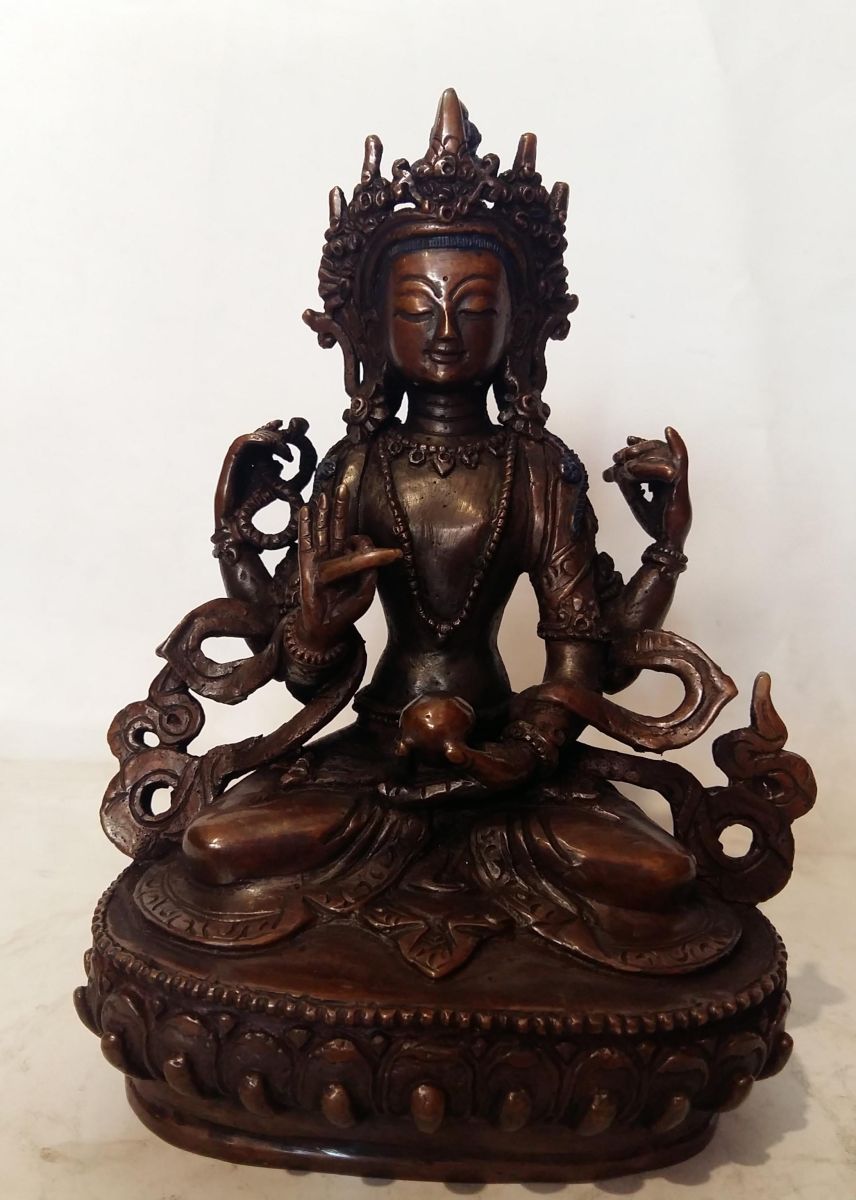

























































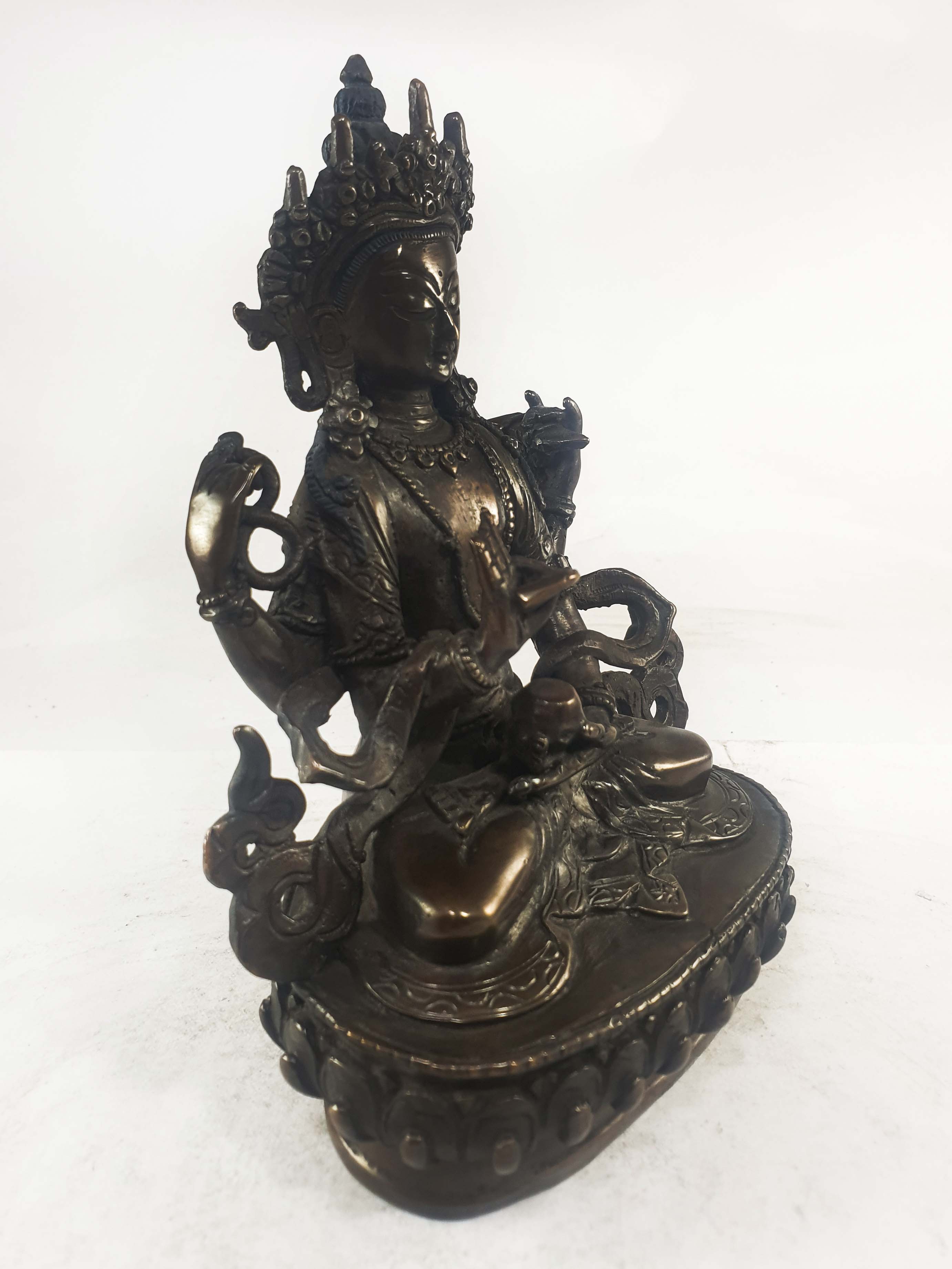 of Pragya Prajnaparamita,
of Pragya Prajnaparamita, 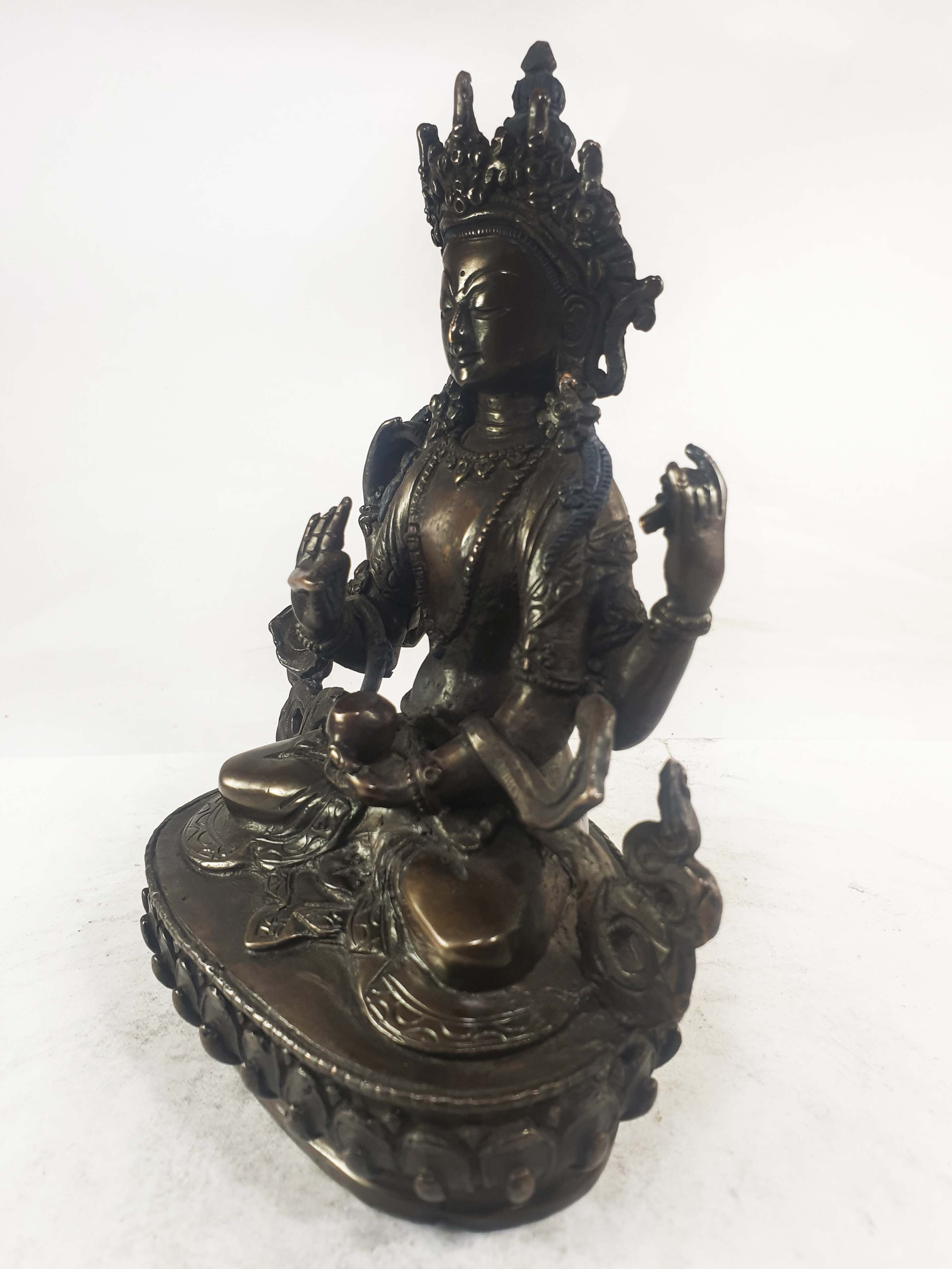 of Pragya Prajnaparamita,
of Pragya Prajnaparamita, 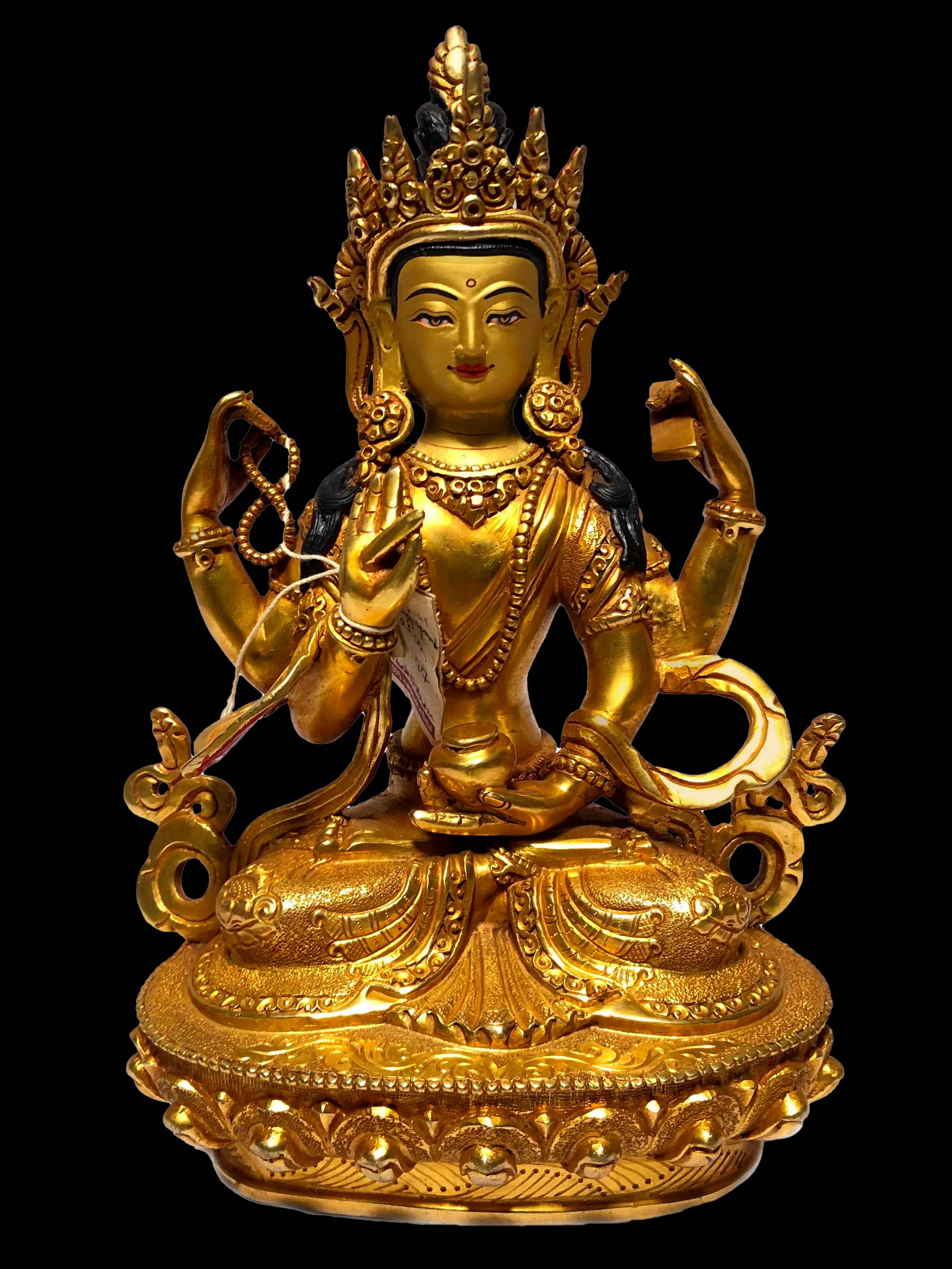 Monastery Quality Buddhist Statue
Monastery Quality Buddhist Statue 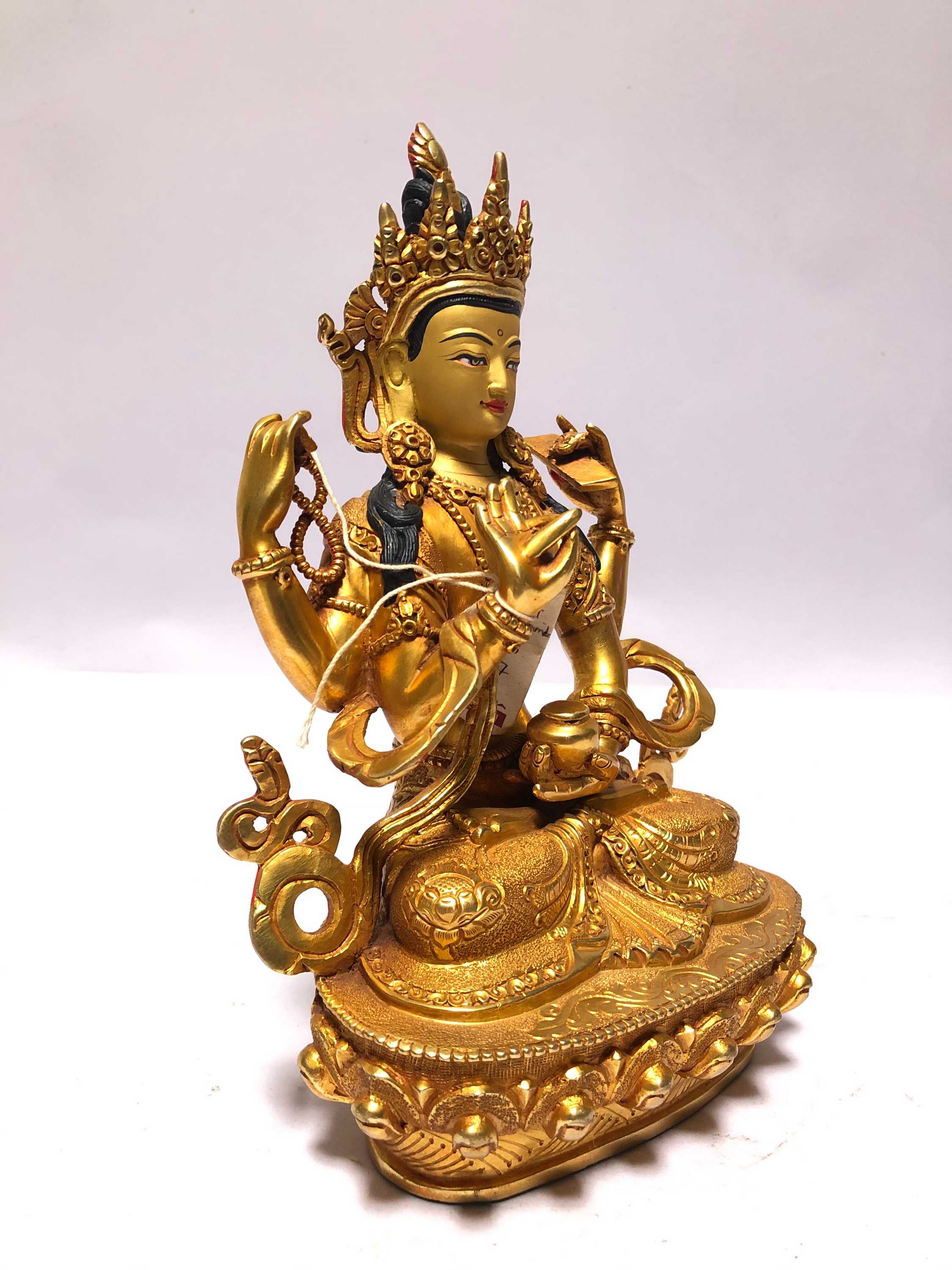 Monastery Quality Buddhist Statue
Monastery Quality Buddhist Statue